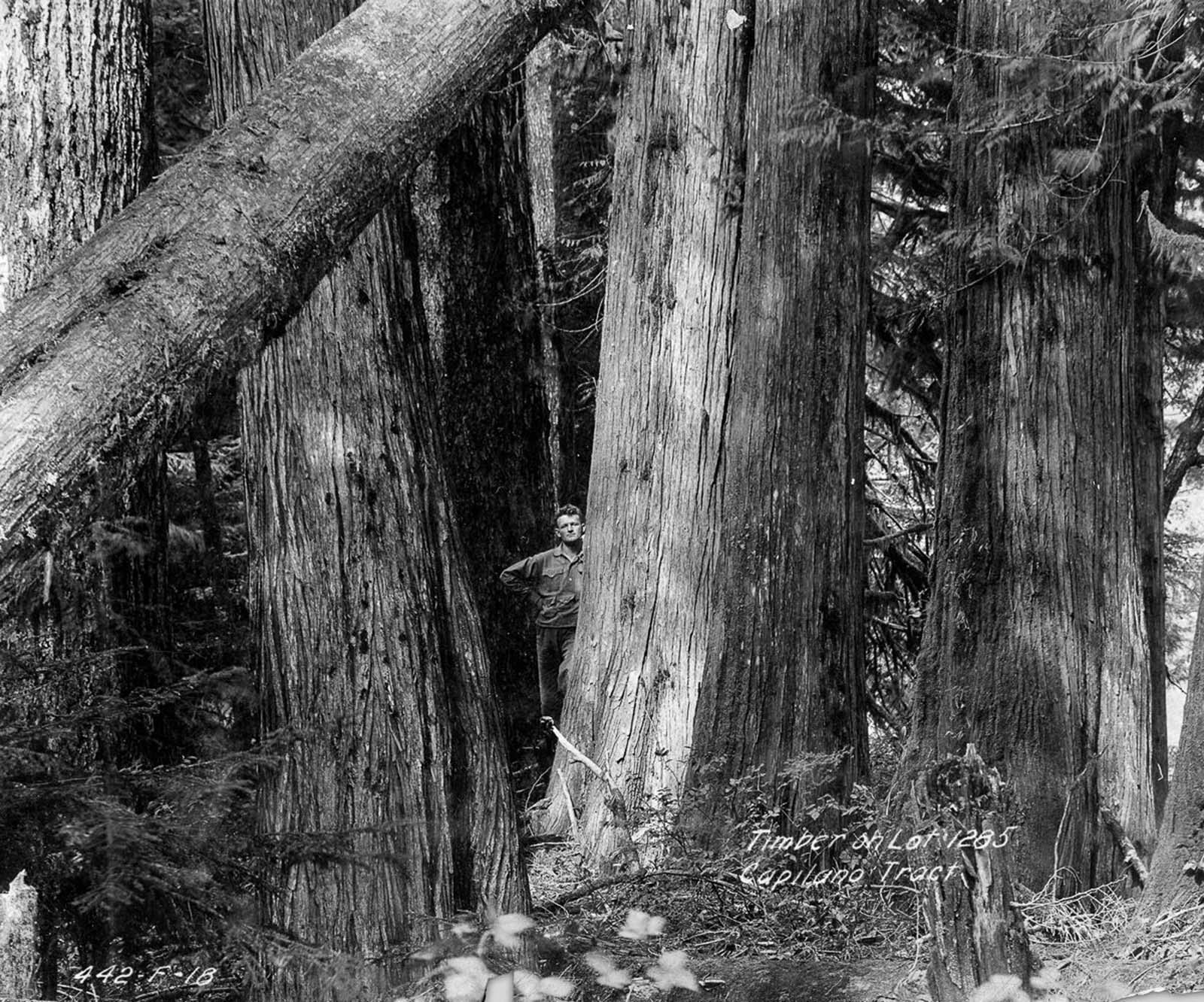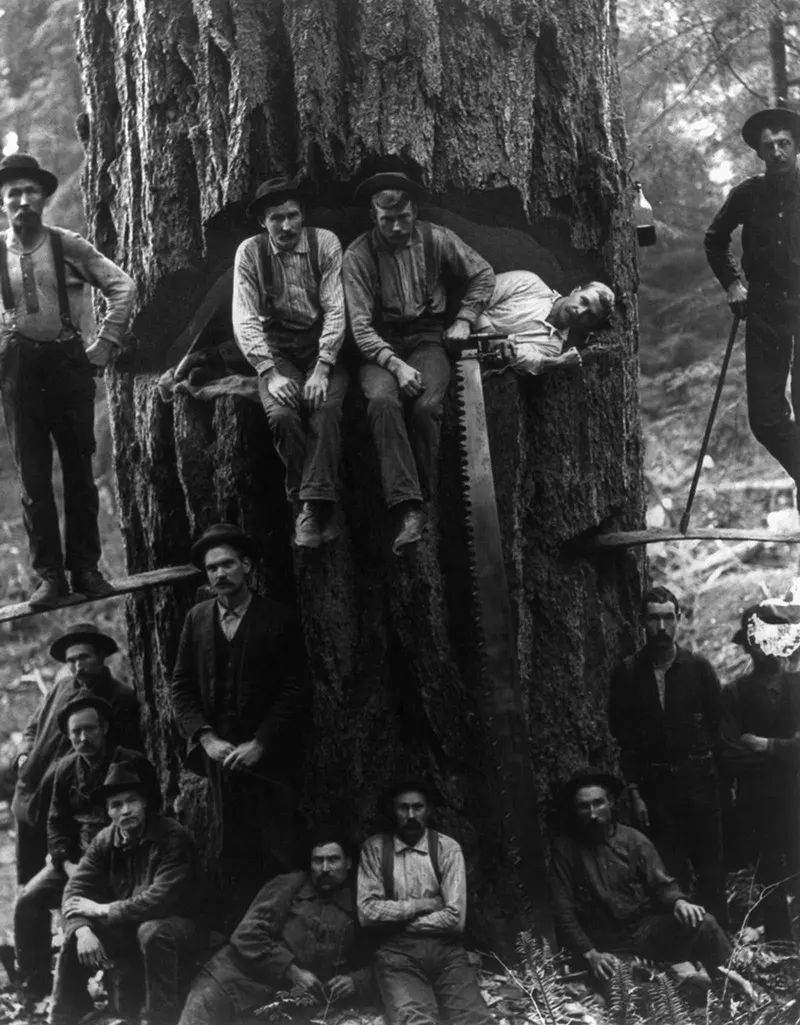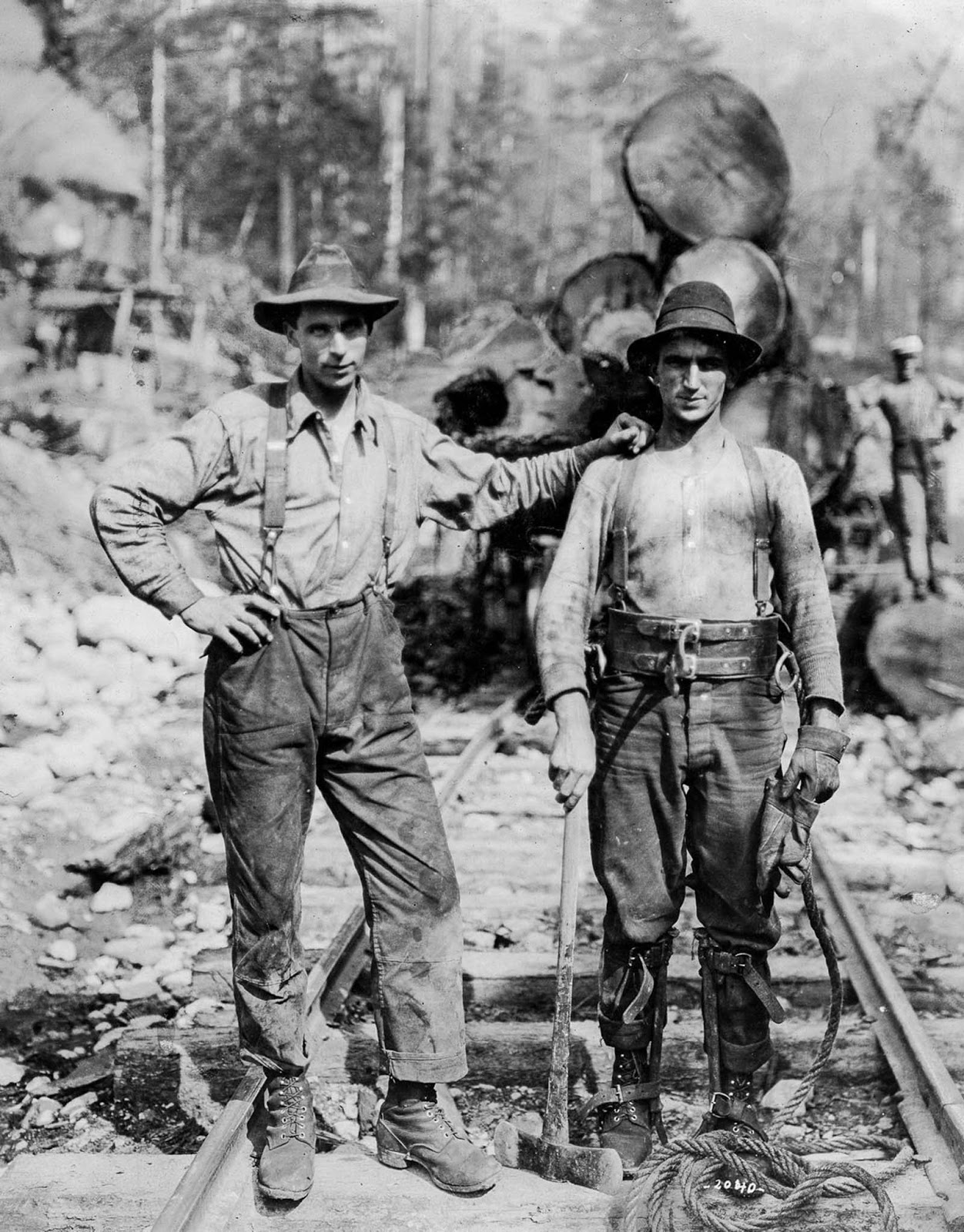
The beginning of the lumber trade in British Columbia can be traced to the completion of the Canadian Pacific Railroad in 1886.
The utilisation of interior forests aided the lumber market. This provided the lumber trade with the Prairie market. This was to sustain it till 1913, bringing a lot of capital to the lumber industry for the first time.
When the Panama Canal was eventually completed in 1914, it marked growth in the history of the lumber trade as it opened the industry to a larger market. The communities of the Atlantic, including the seaboard of the United States and the United Kingdom market, became interested.
While the terrain proved difficult and rough, it had an abundant supply of giant cedar and Douglas Fir trees. As a result, it became an important place when searching for ships’ masts and many other lumber products.
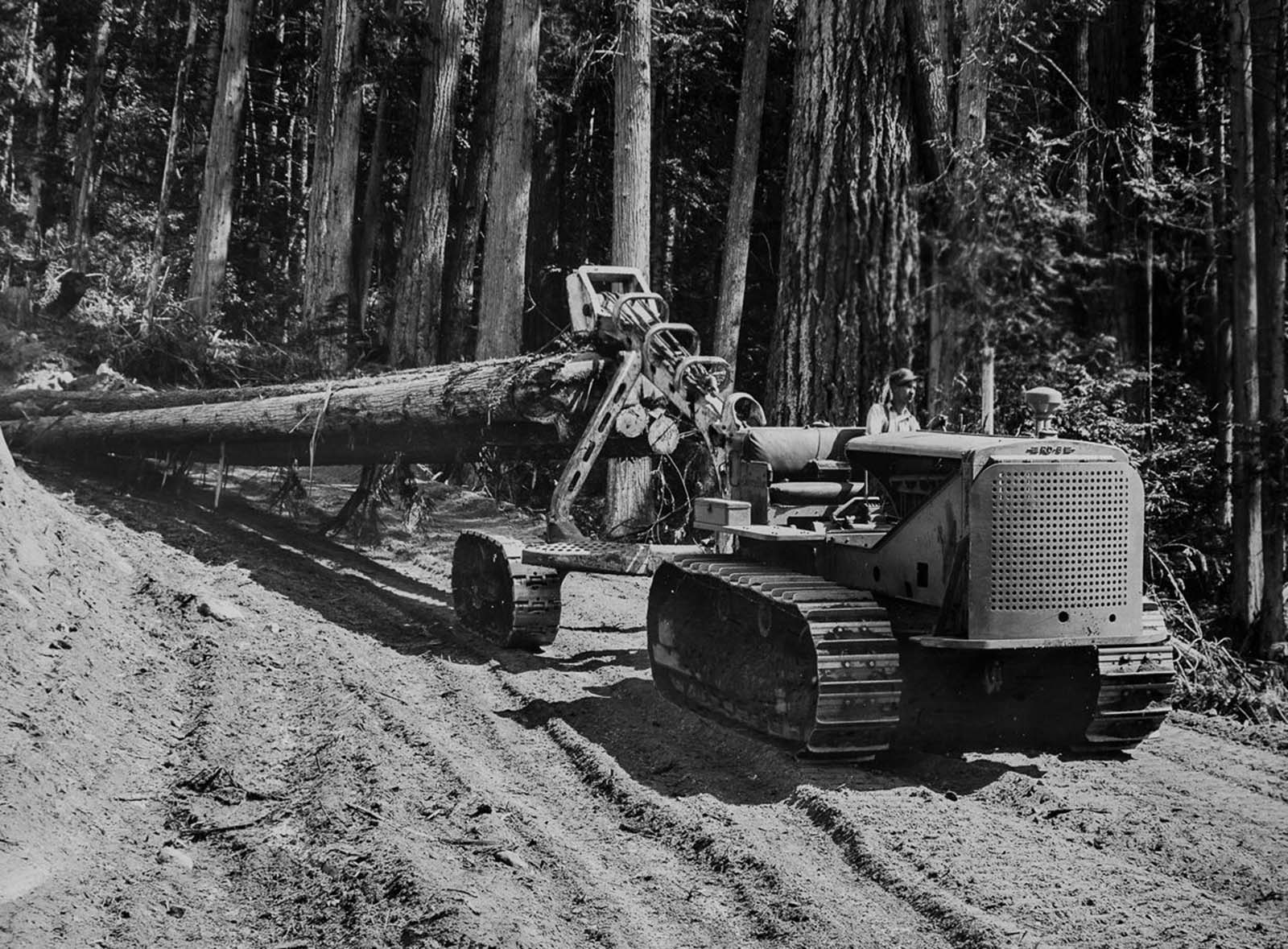
The work was even more strenuous as bringing down trees from the western forests was more challenging. While felled trees could easily be skidded down snowy roads in the cold eastern forests, the west skid roads had to be built from wood.
The felled trees were transported from the mountains by oxen, trucks, skids, flumes, and railroads spanning canyons on freshly built trestle bridges. In 1930, about half of Canada’s annual timber harvest was from British Columbia.
1940 saw another change in the timber market. This change was also aided by American companies that invested so much in British Columbia forest lands and production plants.
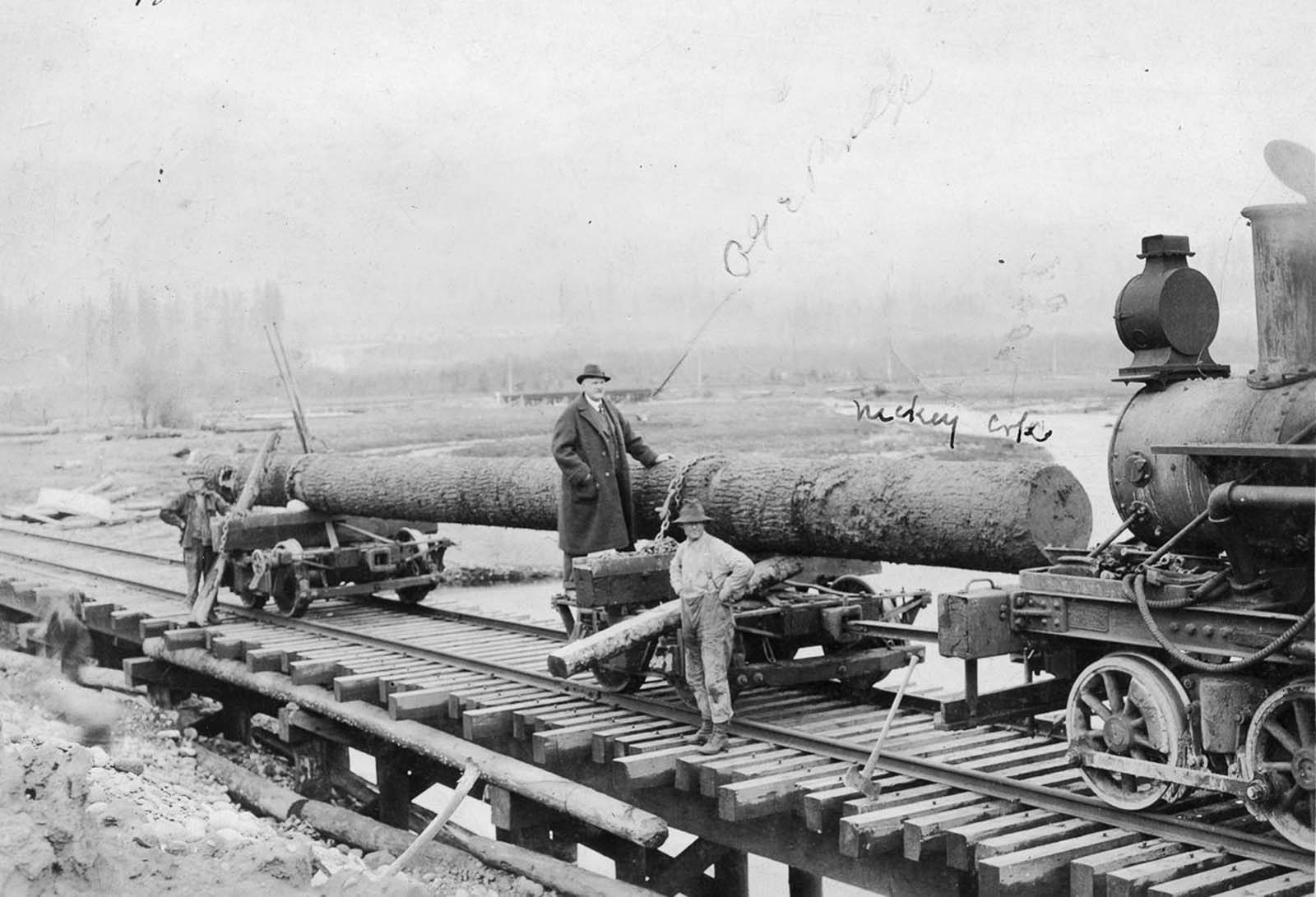
These companies introduced them to numerous international sectors of industries whose primary market was the industries in the United States that needed pulp, lumber, and cellulose to operate.
Lumberjacks worked very hard during this long period. They were living in very unhygienic quarters with many others. Most of these quarters didn’t permit drinking and had many other rules governing them.
Their food was often excellent in quality and quantity. The Lumberjacks were well-fed as they burned approximately 7000 calories daily. While environmentalists protested the felling of trees, it was a significant income source for loggers.
